JAMESTOWN, VIRGINIA—The Virginia Gazette reports that more than 200,000 artifacts recovered from the second well dug in the seventeenth century at James Fort have been analyzed. The collection of animal bones, which was unearthed in 2006, reveals the colonists’ transition from eating wild animals to domestic ones in the 1610s, according to Michael Lavin of the Jamestown Rediscovery Foundation. He explained that the colonists survived the Starving Time in the winter of 1609 to 1610 by eating raccoon and opossum. That spring, he added, food resources were controlled under martial law and the colonists practiced more communal eating as they began to become self-sufficient by learning to manage wild resources, sow crops, raise animals. The types of animal bones in the second well indicate that the colonists ate fewer raccoons and opossums after 1610, and more wild venison, fish, turtles, and fowl. The presence of few cattle bones in this well also suggests that colonists followed a local law to protect cattle brought from England from consumption, in order to expand the herd. To read about another recent discovery at Jamestown, go to "Burn Notice."
Early 17th-Century Food Remains from James Fort Analyzed
News January 25, 2022
Recommended Articles
Artifacts September/October 2025
Anglo-Saxon Coin
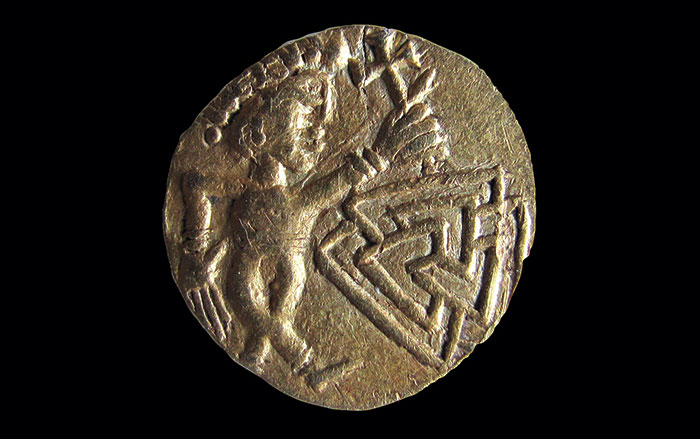

Digs & Discoveries May/June 2025
The King's Throne
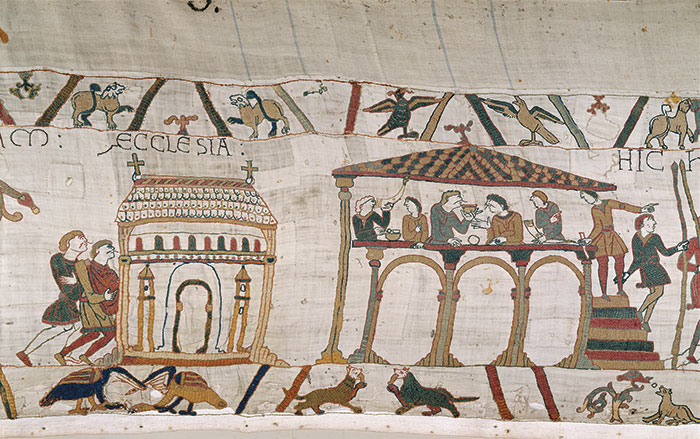
Digs & Discoveries May/June 2025
Hero Worship
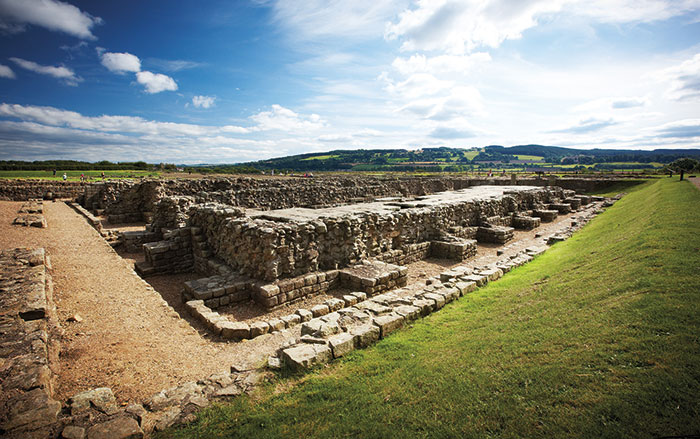
-
Features November/December 2021
Italian Master Builders
A 3,500-year-old ritual pool reflects a little-known culture’s agrarian prowess
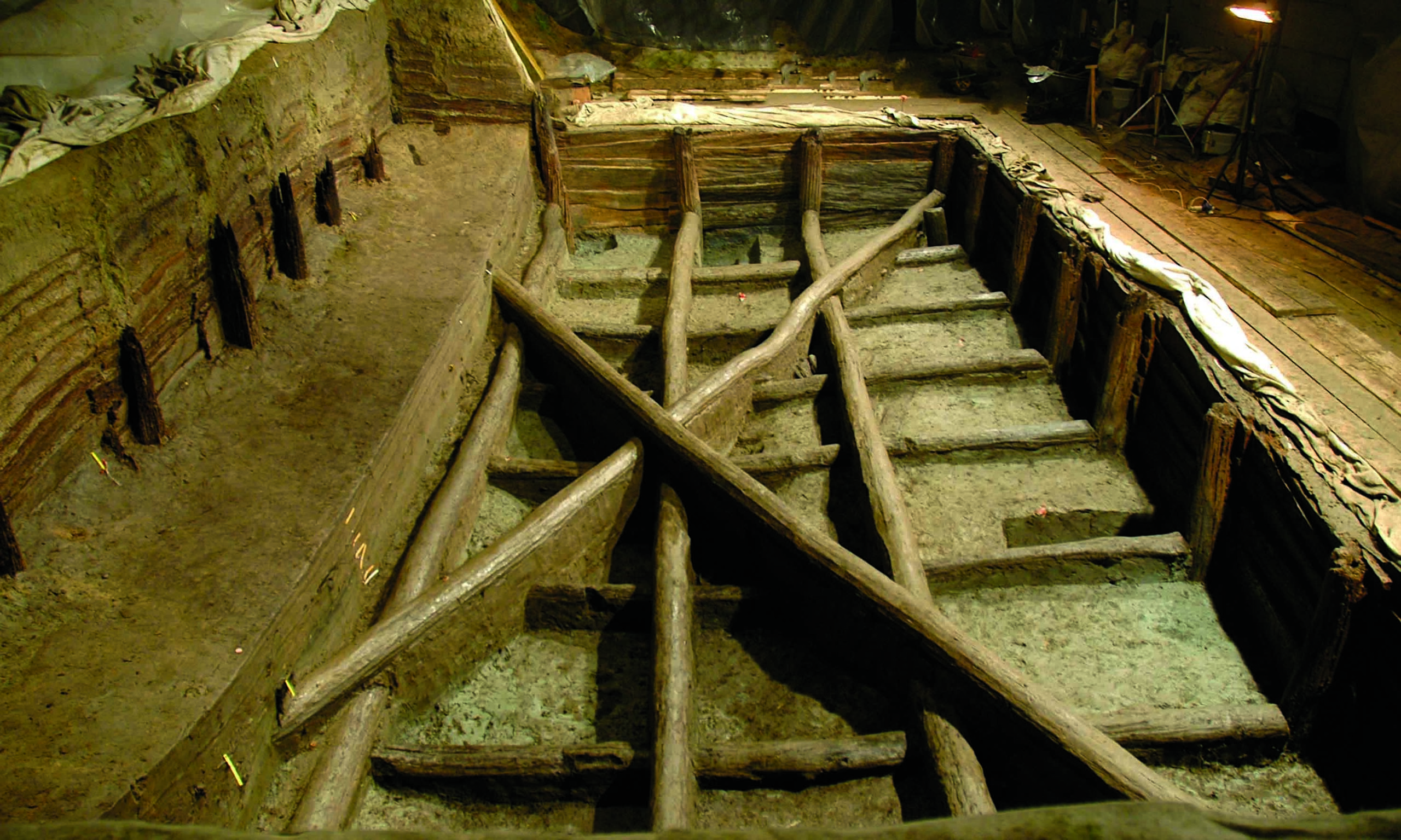 (Ministero della Cultura)
(Ministero della Cultura) -
Features November/December 2021
Ghost Tracks of White Sands
Scientists are uncovering fossilized footprints in the New Mexico desert that show how humans and Ice Age animals shared the landscape
 (Jerry Redfern)
(Jerry Redfern) -
Features November/December 2021
Piecing Together Maya Creation Stories
Thousands of mural fragments from the city of San Bartolo illustrate how the Maya envisioned their place in the universe
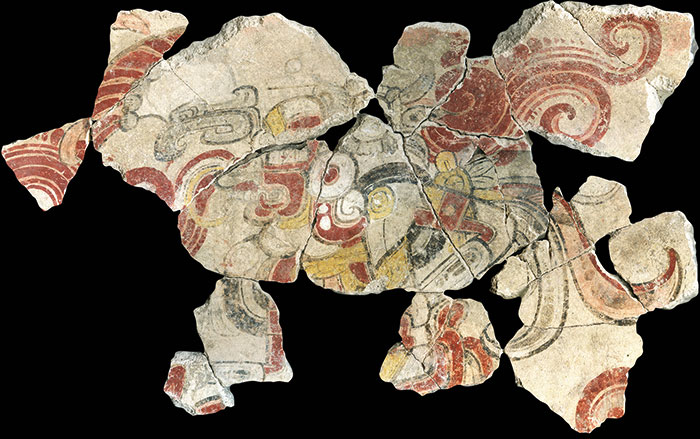 (Digital image by Heather Hurst)
(Digital image by Heather Hurst) -
Features November/December 2021
Gaul's University Town
New excavations have revealed the wealth and prestige of an ancient center of learning
 (Digital image by Heather Hurst)
(Digital image by Heather Hurst)


